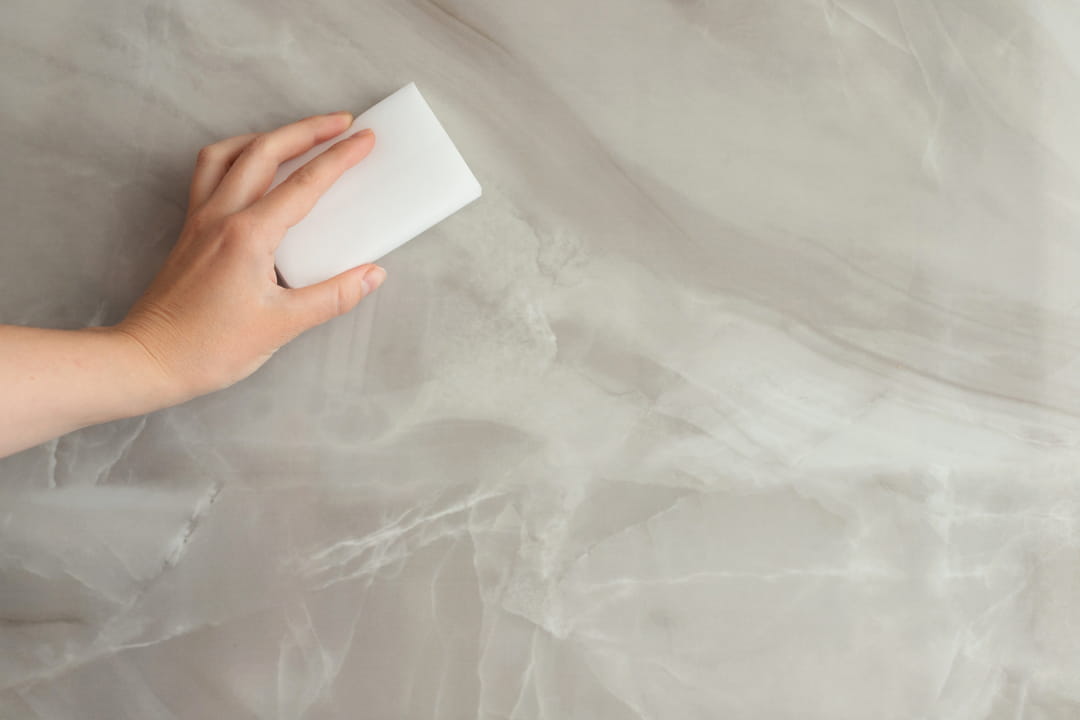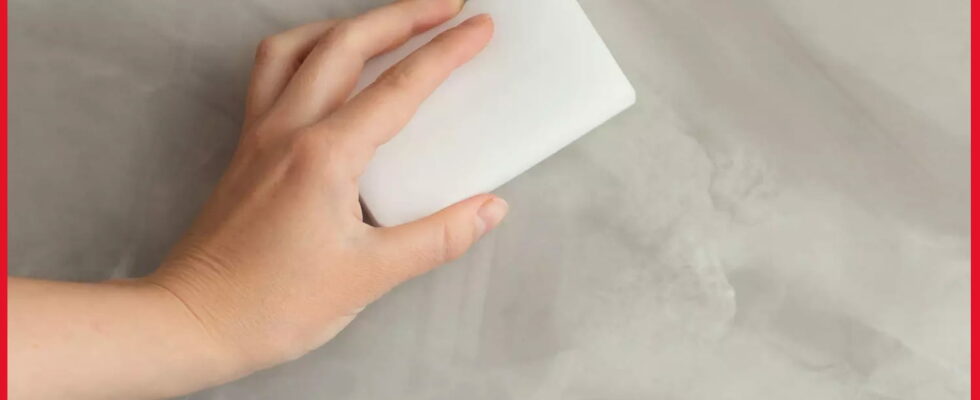Although very useful for cleaning, magic sponges should be avoided according to scientists.
Magic sponges are known for their formidable efficiency: they are ideal for removing stains or dirt without too much effort. Composed of slightly abrasive melanin foam, their price is also very often attractive. The only problem: even if you follow the instructions to moisten them slightly, they disintegrate as you use them. Their lifespan then depends on the quality. And this particularity hides an unsuspected danger.
A recent study, published in Environmental Science & Technology, has, in fact, expressed some reservations about using this type of sponge. It looked at the tiny plastic particles released when the magic sponges decompose. Researchers at Nanjing University in China compared the release of these particles for different brands of magic sponges.

They concluded that a single sponge releases an average of 6.5 million microplastic fibers per gram of used sponge. Using Amazon data to estimate sales, the results “suggest an overall global emission of 4.9 billion microplastic fibers due to sponge consumption.”
These residues disperse, can end up in sewer systems and end up in rivers, seas and oceans because they are too fine to be filtered by treatment plants. They therefore represent a danger for the environment. But that’s not all. Once in the water, they can be ingested by fish, which is harmful to them, or even go up the food chain to humans. As a container of potential chemical contaminants, these fibers can be dangerous for the hormonal system. With this observation, the magic of these sponges flies away.
The authors therefore believe that manufacturers should develop denser magic sponges that are more resistant to wear and therefore better for the environment. They discovered during their study that those made with denser foam wore out much more slowly. Thus, they produce fewer microplastic fibers than others. They also call for favoring natural and biodegradable sponges or turning to alternatives. Clay stone would be very effective.
